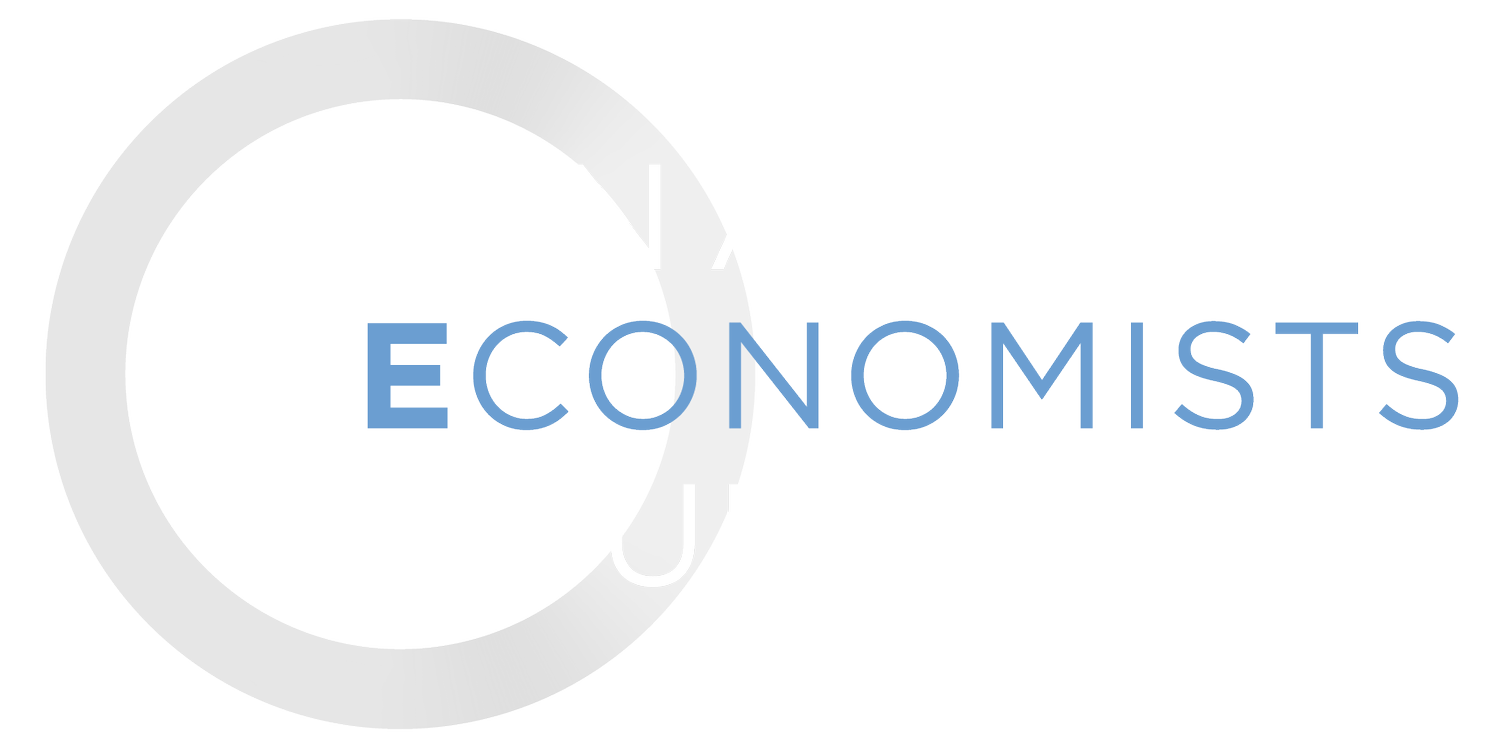Best Practices for the Design of Defined Contribution Pension Plans
Over the last two or three decades, there has been a marked shift in private pension plans from defined benefit to defined contribution plans. In 1980, over 60 percent of employees in a private pension plan were in defined benefit plans. Now, the numbers are reversed with over 60 percent in defined contribution plans.
The key characteristics of employer-provided defined benefit (DB) plan are that the benefits are tied typically to some measure of the employees’ earnings and number of years of work at that employer and are paid during the remaining life of the retired employee and possibly the spouse. The key characteristics of a defined contribution (DC) plan are that the employee contributes to the plan with a possible match from the employer, owns the assets, usually determines how to invest these assets, and must choose a payout option upon retirement. Payout options typically include a choice of one or more annuities or a lump sum payment. The magnitude of the payout is determined by the market value of the plan at retirement, and not directly by the employee’s salary.

